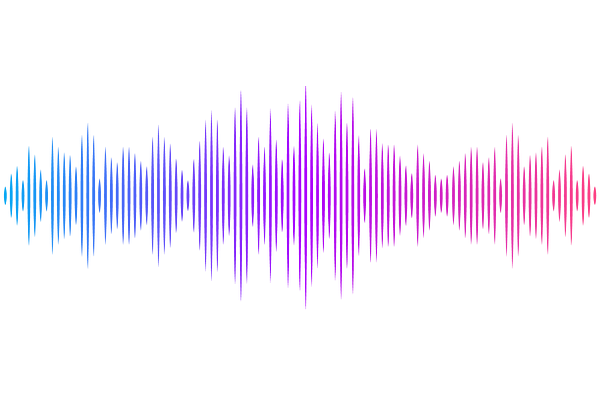Integrated Histology and Molecular Profiling of Postmortem Human Auditory and Vestibular Organs via a Poly(Methyl Methacrylate)-Based Workflow

Integrated Histology and Molecular Profiling of Postmortem Human Auditory and Vestibular Organs via a Poly(Methyl Methacrylate)-Based Workflow
Baechinger, D.; Peyton, B.; Neubauer, J.; Dharmarajan, A.; Zhu, M.; O'Malley, J. T.; Kallupurackal, V.; Senese, S.; Brown, A.; Wunderlin, S.; Kreutzer, S.; Weiss, N. M.; Richter, H.; Dalbert, A.; Roeoesli, C.; Kipar, A.; Varga, Z.; von Rechenberg, B.; Amr, S.; Eckhard, A. H.
AbstractHearing and balance disorders are the most prevalent sensory impairments, affecting hundreds of millions worldwide, yet their underlying cellular and molecular pathologies remain poorly understood. This knowledge gap stems from the inaccessibility of the ear\'s sensory organs--embedded within the temporal bone (TB), the hardest bone in the body--which cannot be biopsied in living patients without causing irreversible damage. Conventional histopathology workflows rely on postmortem en bloc extraction of TBs, followed by lengthy decalcification, celloidin embedding, and manual serial sectioning of these large specimens--a process that takes one to two years, is labor- and cost-intensive, and lacks compatibility with most modern protein, DNA, and RNA assays. Here, we present a rapid, reversible polymethyl methacrylate (rPMMA) workflow that enables advanced molecular histopathology studies on formalin-fixed, calcified TBs. Our protocol uses low-temperature (-40{degrees}C to +4{degrees}C) resin embedding, precision near-serial sectioning (10-50 m) via femtosecond laser microtomy or precision diamond wire sawing, and subsequent deacrylation to fully restore tissue accessibility for high-fidelity histomorphology, multiplexed immunofluorescence, whole-genome sequencing, and in situ mRNA detection (RNAscope) assays. Compared to the gold-standard celloidin workflow, our method reduces processing time and costs by approximately 90% while integrating equivalent histomorphology with advanced molecular assays, providing a new benchmark for multidimensional studies in human hearing and balance pathologies.